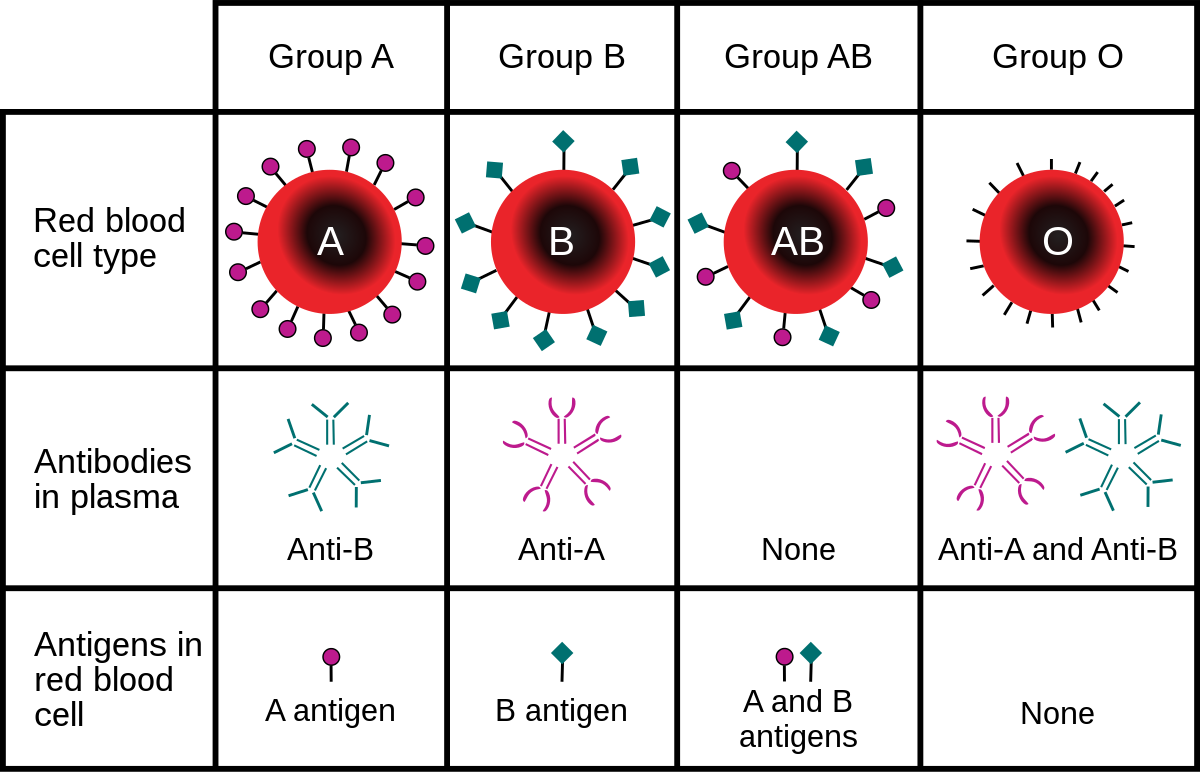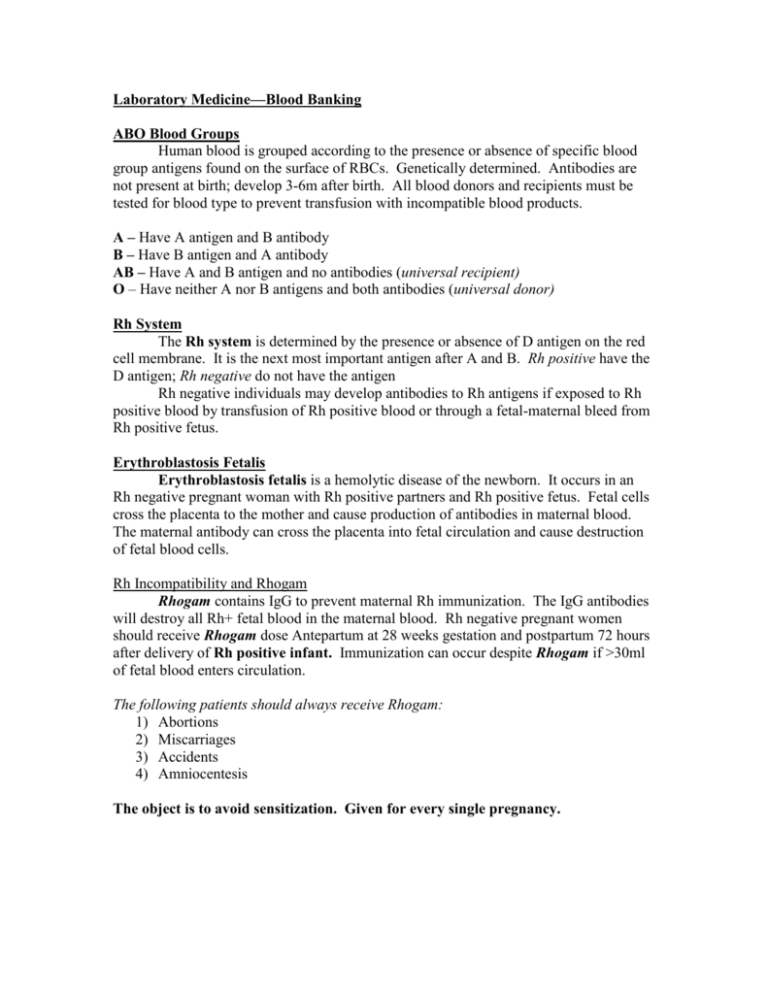

People with type O blood lack antigens A and B on their erythrocytes, but both anti-A and anti-B antibodies circulate in their blood plasma.įollowing an infusion of incompatible blood, erythrocytes with foreign antigens appear in the bloodstream and trigger an immune response. Individuals with type AB blood, which has both antigens, do not have preformed antibodies to either of these. Similarly, an individual with type B blood has pre-formed anti-A antibodies. → Blood type O has both Anti-A and Anti-B antibodies circulating in their blood.→ Blood type AB has neither Anti-A antibodies, nor Anti-B antibodies circulating in their blood.→ Blood type B has Anti-A antibodies circulating in their blood.→ Blood type A has Anti-B antibodies circulating in their blood.These antibodies, referred to as anti-B antibodies, will cause agglutination and hemolysis if they ever encounter erythrocytes with B antigens. Individuals with type A blood-without any prior exposure to incompatible blood-have preformed antibodies to the B antigen circulating in their blood plasma. This is not the case for the ABO blood group. Normally the body must be exposed to a foreign antigen before an antibody can be produced. Because phagocytic cells are highly attracted to molecules complexed with antibodies, cells or antigens that are tagged with antibodies will eventually be engulfed and destroyed. Importantly, antibodies mark pathogens for destruction by phagocytic cells, such as macrophages or neutrophils. The areas where the antigen is recognized on the antibody are variable domains. Antibodies have an interesting Y-shaped structure withat least two binding sites for one specific antigen. They mediate the humoral immune response and are necesassary for the determination of self versus foriegn antigens. → Blood type AB has both A-antigens and B antigensĪntibodies (aka immunoglobulins) are proteins produced and secreted by differentiated B-lymphocytes called plasma cell.If we looking at the table below, we’ll see that: The antigens that are present on the surface of our red blood cells determine our blood type. The ABO blood typing is a naming scheme that states the presence or absence of just two antigens: antigen A and antigen B. Like other cells, our red blood cells may or may not have self-antigens present on their cell membrane.

In the presence of foreign atnigens, proteins called antibodies attach to the antigens on the plasma membrane of the cell containing the antigen. The absence of this immune response very important and highly regulated, it prevents scenarios where the immune cells begin to attack host cells. Each of us has a unique set of self-antigens that do not trigger an immune response within ourselves. For example, each of us produce a large number of self-antigens.

However, not all antigens will provoke a response. An antigen is a foreign or “non-self” macromolecule (typically a protein) that reacts with cells of the immune system.


 0 kommentar(er)
0 kommentar(er)
